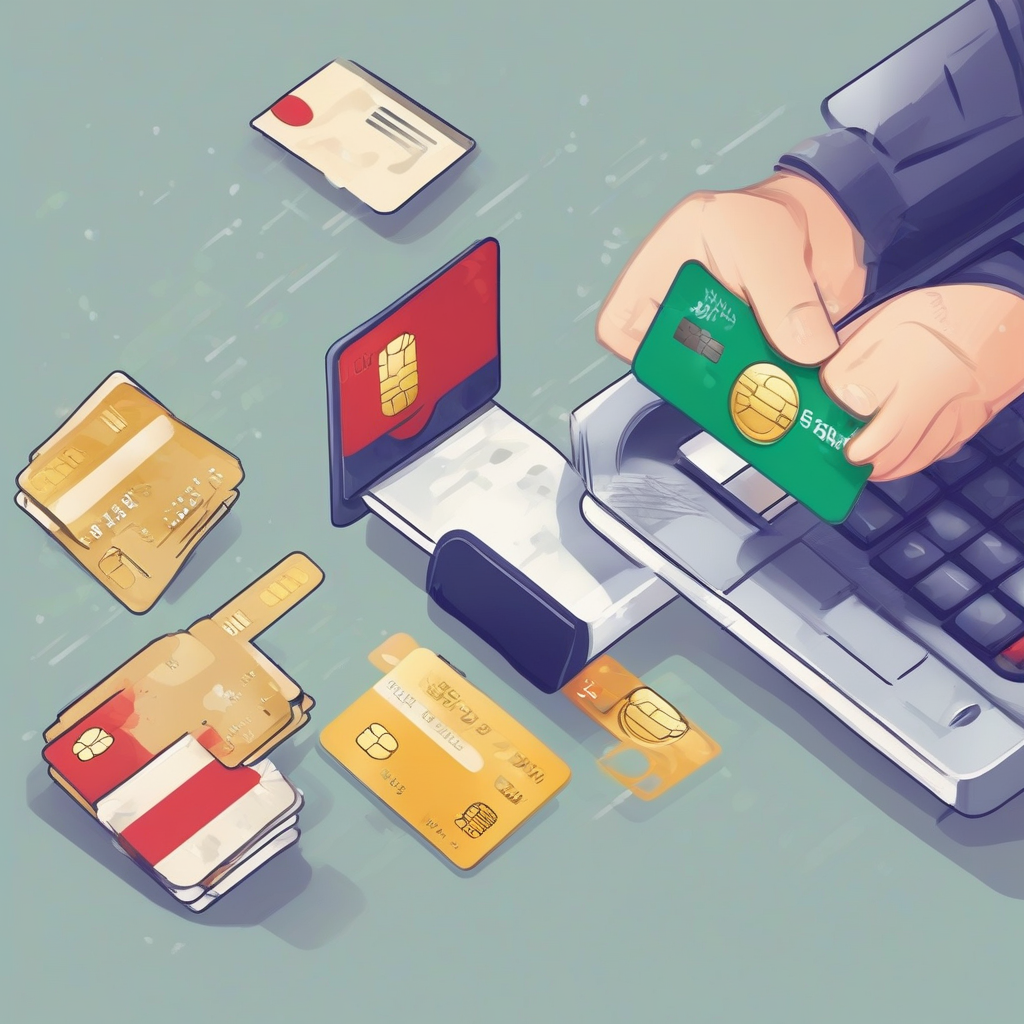No Fee Balance Transfer Credit Cards: Your Guide to Debt Consolidation

No Fee Balance Transfer Credit Cards: Your Guide to Debt Consolidation
Are you tired of high-interest debt payments eating into your budget? A balance transfer credit card with no annual fee can be a valuable tool for consolidating your debt and saving money on interest charges. This comprehensive guide will provide you with all the information you need to understand how these cards work, the benefits they offer, and how to choose the best option for your financial situation.
What is a Balance Transfer Credit Card with No Annual Fee?
A balance transfer credit card allows you to transfer outstanding balances from other credit cards to a new card with a lower interest rate. This can help you save money on interest charges and pay off your debt faster. Some balance transfer credit cards offer introductory 0% APR periods, which can be particularly beneficial for consolidating high-interest debt. No annual fee balance transfer credit cards take this advantage a step further by eliminating the annual fee, saving you even more money.
Benefits of a No Fee Balance Transfer Credit Card
Here are some of the key benefits of using a balance transfer credit card with no annual fee:
- Lower Interest Rates: The most significant benefit of a balance transfer credit card is the potential for lower interest rates. By transferring your balances to a card with a lower APR, you can reduce your monthly payments and save money on interest charges.
- 0% Introductory APR: Many balance transfer credit cards offer introductory periods with 0% APR. During this period, you can focus on paying down your principal balance without accruing interest charges. This can be a powerful tool for quickly reducing your debt.
- Debt Consolidation: Balance transfer cards allow you to consolidate multiple credit card debts into a single account, simplifying your debt management and reducing the risk of missing payments.
- No Annual Fee: This benefit eliminates the annual cost associated with many credit cards, saving you money in the long run.
- Rewards Programs: Some balance transfer credit cards offer rewards programs, allowing you to earn points or cashback for your spending.
How to Choose the Right Balance Transfer Credit Card
Choosing the right balance transfer credit card is crucial to maximizing its benefits. Here are some key factors to consider:
1. Introductory 0% APR Period:
Look for cards with the longest possible introductory 0% APR period. The longer the period, the more time you have to pay down your balance without incurring interest charges. This is especially crucial if you have a significant amount of debt to consolidate.
2. Balance Transfer Fee:
While many balance transfer cards offer no annual fee, they may charge a fee for transferring your balance. This fee is typically a percentage of the balance you transfer. Compare different cards to find the lowest balance transfer fee or even those that offer no fee.
3. Regular APR:
The regular APR is the interest rate that applies after the introductory period ends. Ensure you understand the regular APR and compare it with other cards to ensure it remains competitive.
4. Credit Limit:
The credit limit determines how much debt you can transfer to the card. Choose a card with a credit limit high enough to accommodate your total outstanding balances. However, it's essential to use this credit responsibly and not overextend yourself.
5. Rewards Program:
If rewards programs are important to you, consider whether a balance transfer card offers any rewards or cashback incentives for your spending.
6. Eligibility Requirements:
Check the credit score and income requirements for each card to ensure you meet the eligibility criteria. You can use a credit card eligibility checker to see your chances of approval before applying.
Tips for Using a Balance Transfer Credit Card
Here are some tips to make the most of your balance transfer card and achieve your debt consolidation goals:
- Transfer Balances Immediately: After receiving your new card, transfer your balances as soon as possible to take advantage of the introductory 0% APR period. Delaying the transfer could result in interest charges accumulating on your old cards.
- Focus on Paying Down Your Balance: Make larger payments than the minimum amount due to pay down the balance more quickly and reduce the total interest you pay. Prioritize paying down the highest interest rate debts first.
- Avoid New Purchases: Use your balance transfer card for debt consolidation only. Avoid using it for new purchases during the introductory period to avoid accruing new debt and jeopardizing your debt-free goals.
- Monitor Your Spending: Keep track of your spending and ensure you're on track to pay off the balance before the introductory period ends. You can use online tools or budgeting apps to help you monitor your progress.
- Consider a Debt Management Plan: If you're struggling to manage your debt on your own, consider seeking professional help from a credit counseling agency or debt management program. They can provide guidance, support, and negotiate with creditors on your behalf.
FAQs About No Fee Balance Transfer Credit Cards
Q: Can I use a balance transfer card for all types of debt?
A: While balance transfer cards are typically used for credit card debt, some cards may allow you to transfer other types of debt, such as personal loans or store cards. Check the terms and conditions of your card to confirm which types of debt are eligible.
Q: Can I transfer my balance multiple times?
A: It may be possible to transfer your balance multiple times to different cards with lower interest rates. However, this is typically not recommended, as it could lead to increased fees and a more complex debt management situation. Consult with a financial advisor before considering multiple transfers.
Q: What happens when the 0% APR period ends?
A: When the introductory 0% APR period ends, your balance will be subject to the card's regular APR. Ensure you have a plan in place to pay off the balance before the period expires to avoid significant interest charges. If you can't pay it off entirely, consider transferring the balance to another card with a lower regular APR if available.
Q: What if I miss a payment on my balance transfer card?
A: Missing a payment on your balance transfer card could lead to late fees and interest charges. It could also affect your credit score. Ensure you make your payments on time to maintain a good credit history.
Conclusion
A balance transfer credit card with no annual fee can be a powerful tool for consolidating debt and saving money on interest charges. By carefully choosing the right card, transferring your balances promptly, and making responsible payments, you can significantly reduce your debt and improve your financial well-being. Remember to compare offers, understand the terms and conditions, and seek professional advice when needed.
What's Your Reaction?

















